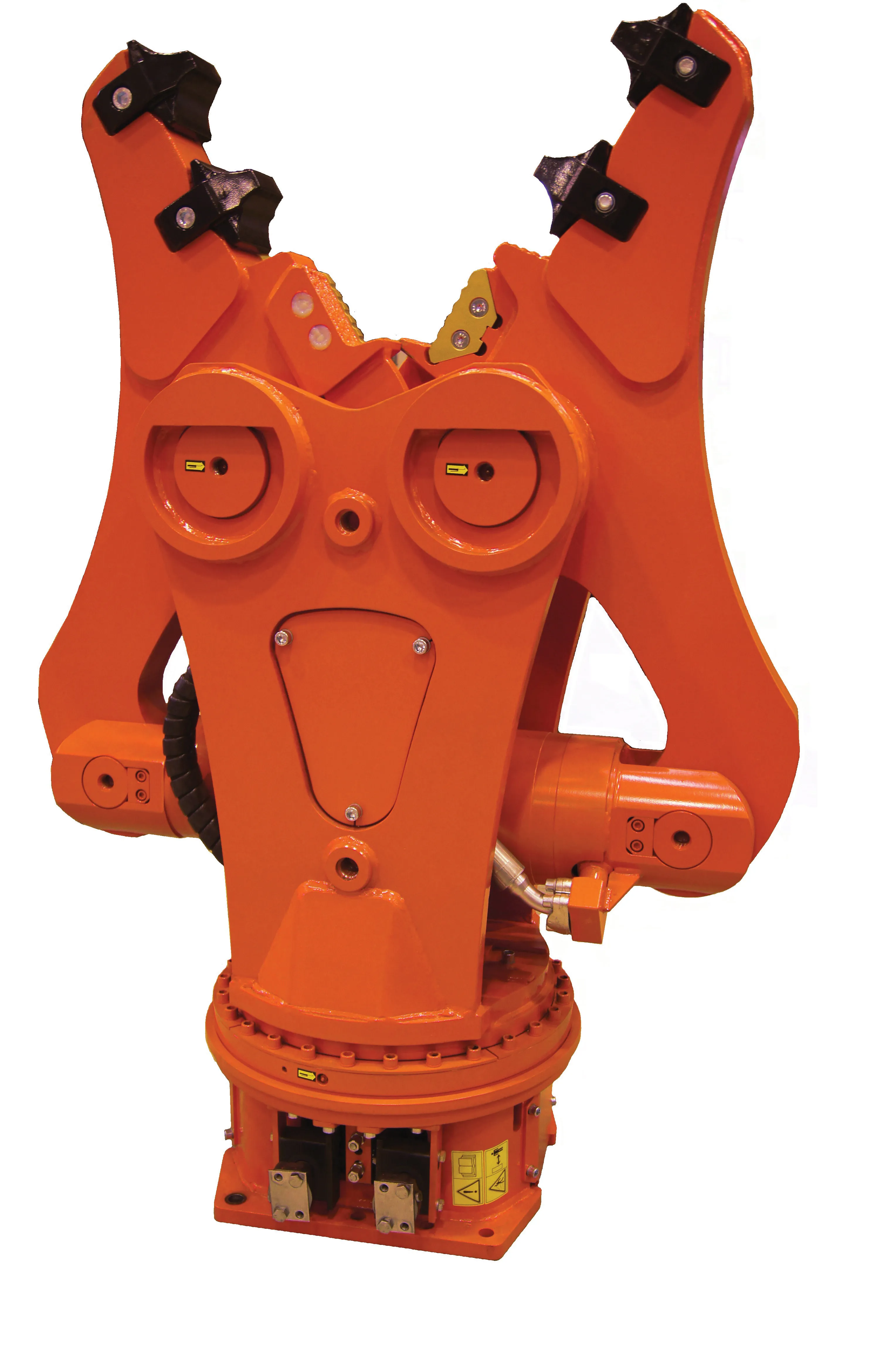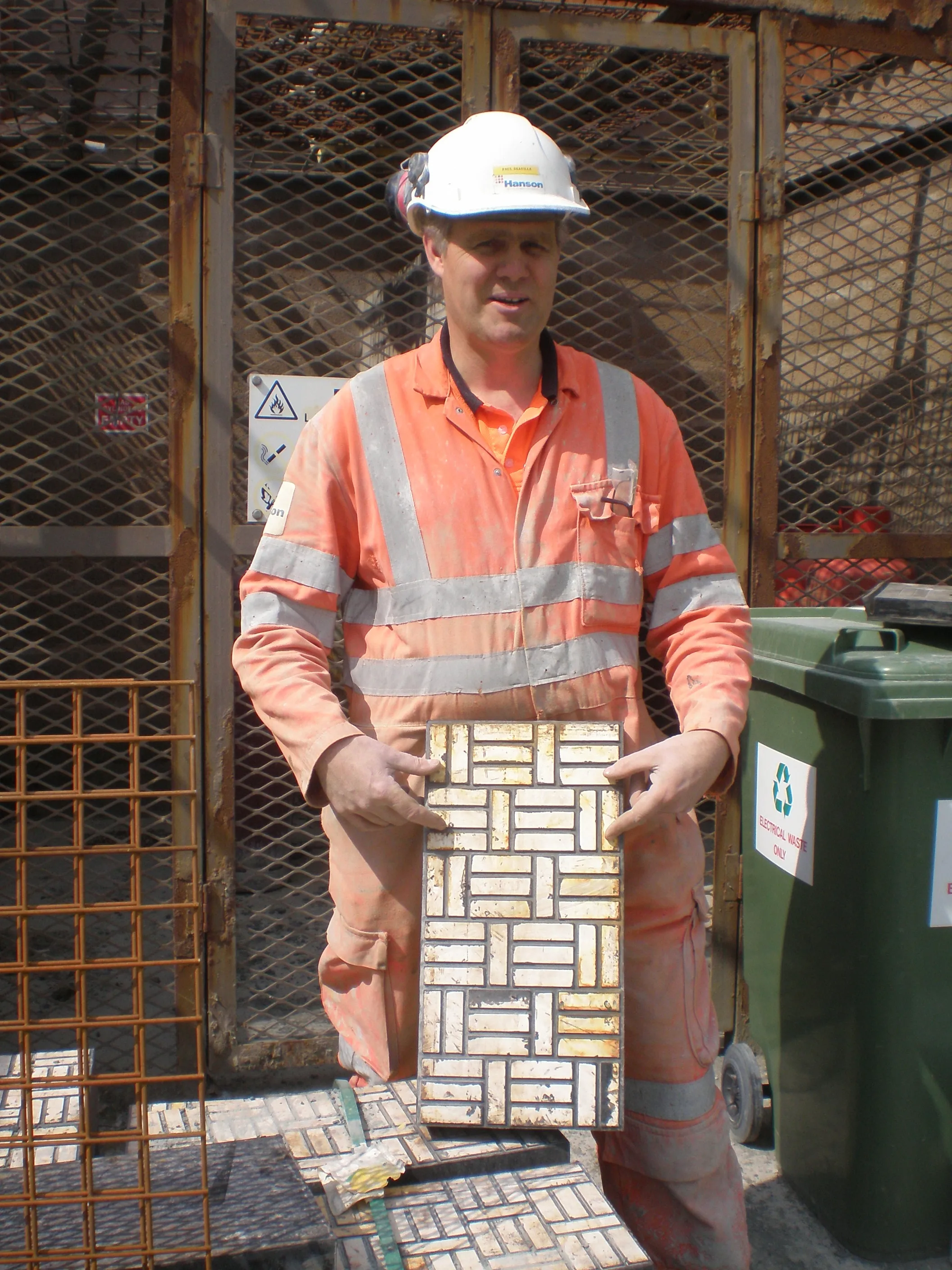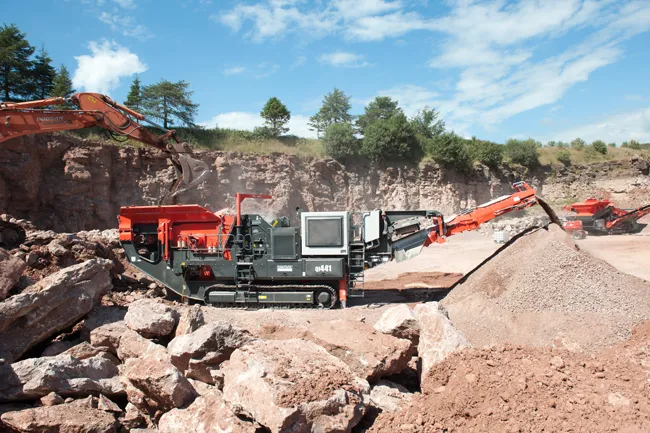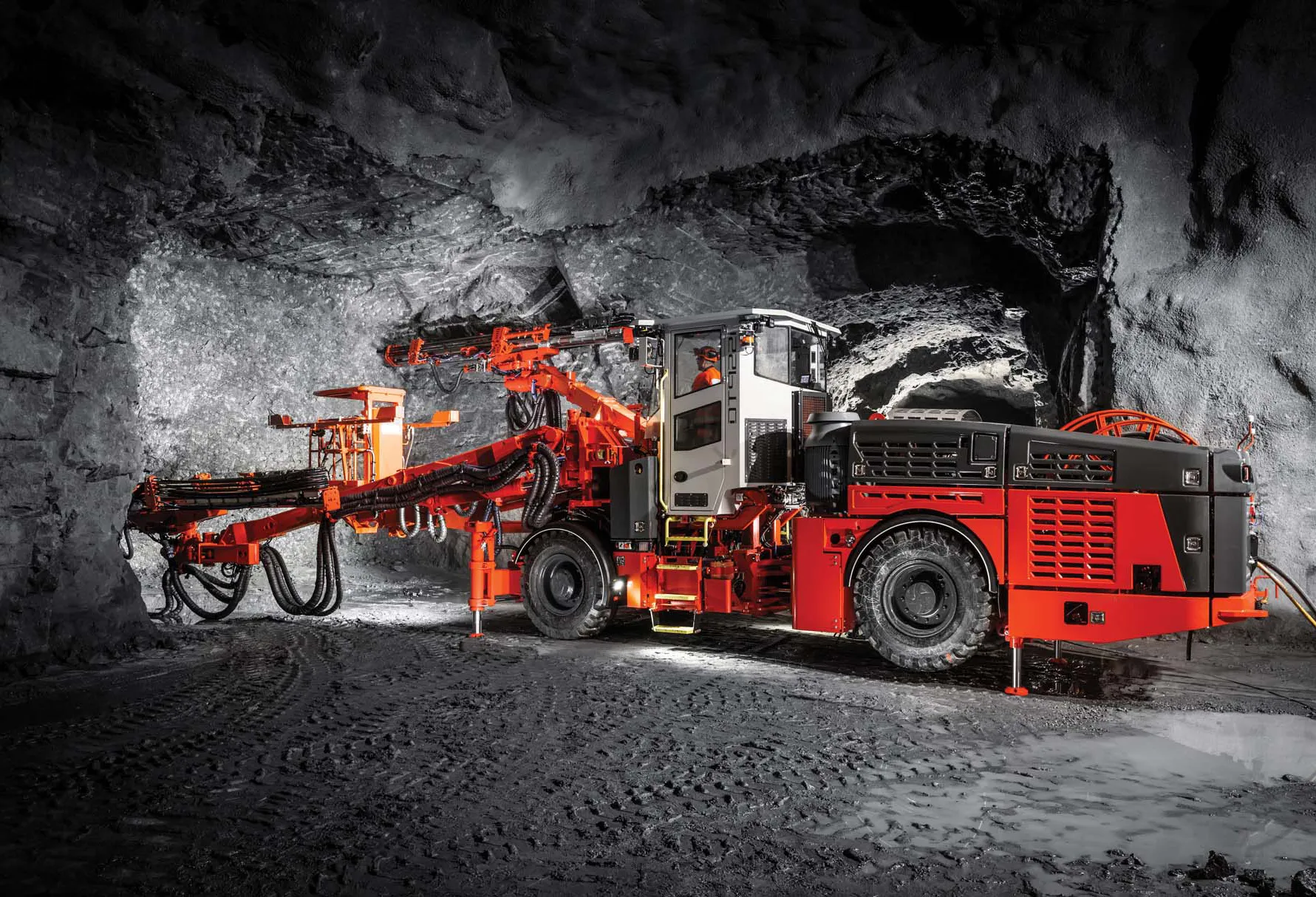Sandvik Mining and Construction has launched the first representative of its new Basic Line breaker product line to the Indian market.
February 15, 2012
Read time: 2 mins
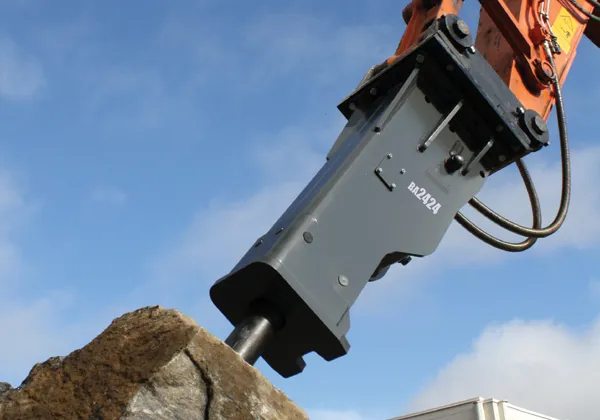
The company used the recent bC India trade fair to unveil the BA2424, the first of the new Basic Line, which is simple in design, and which utilises fewer working parts for reduced maintenance, together with lower ownership and operating costs.
Sandvik says that Basic Line breakers include many innovative design elements: they possess a sealed nitrogen piston-type accumulator to protect the carrier's hydraulic pump during operation from pressure peaks in the breakers hydraulic circuit. The design also incorporates a long and heavy piston that is aligned with a genuine Sandvik tool, thereby ensuring optimum impact energy transfer, with less recoil, in order to minimise carrier wear.
Available in three different housings (box-type, side plate and pin-on type), the breakers are said to be easy to mount and operate.
The silenced box-type BA 2424 has a working weight of 1,617kg; an impact rate of 430-525 blows/minute; operating pressure of 160-180 bar; a tool diameter of 135mm, and it operates in the 18-26tonne carrier weight class.
Silenced box-type housings offer increased noise reduction, making them specifically suitable for urban applications. Where noise is not an issue then side plate housings with both top and side mounts can be used.
Although simple, the Basic Line benefits from proven technology, the use of genuine Sandvik parts produced from the highest quality raw materials, all manufactured to Sandvik quality control standards.


